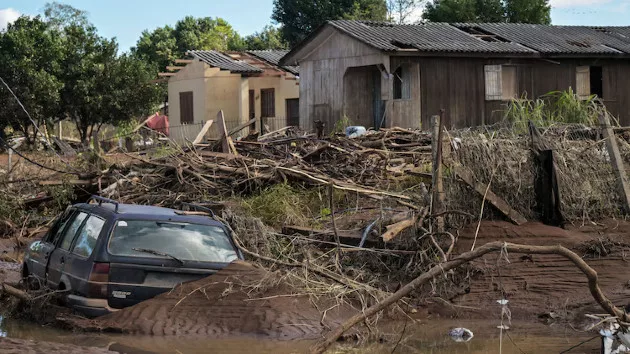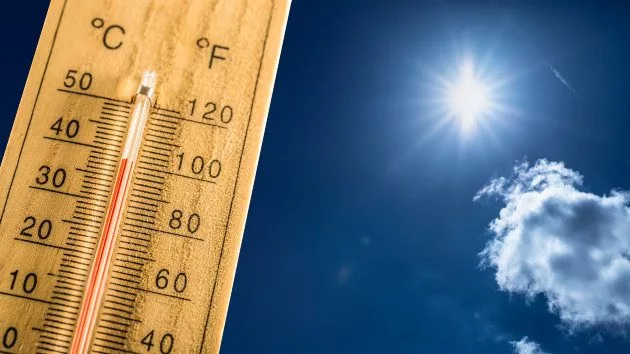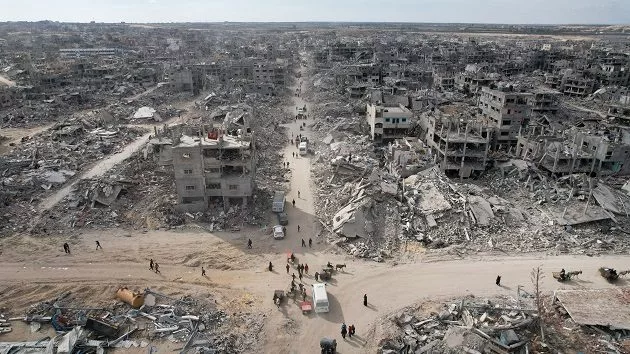
(NEW YORK) — Persistent rains and destructive flooding continue to wreak havoc in Brazil, with officials saying rising river levels signal further damage in the Rio Grande do Sul region.
As of Tuesday, 149 people were confirmed dead in the flood-stricken southern state, with 124 individuals still unaccounted for, according to civil defense officials.
More than 600,000 people have been displaced from their homes, with approximately 155,000 of those homes being destroyed, officials said.
In total, local agencies say 2.1 million people have been directly affected by the ongoing climate crisis in Rio Grande do Sul.
The Guaíba River in Porto Alegre, the capital city of Rio Grande do Sul, could reach unprecedented levels of over 18 feet in the next few days, according to local officials.
On Monday, Brazil’s Minister of Finance Fernando Haddad said the federal government is preparing direct financial assistance for families affected by the floods.
Brazilian President Luiz Inácio Lula da Silva announced National Civil Defense resources for humanitarian aid and reconstruction of damaged structures would be available to the region starting Tuesday.
“Starting today, mayors and the state government can register requests for schools, daycare centers, health units, hospitals, and equipment recovery. Just register and it will start happening immediately to serve the people,” President Silva said during a live broadcast.
On Saturday, U.S. President Joe Biden released a statement on the ongoing crisis, saying, “The United States stands with Brazil at this difficult time.”
“My administration is in contact with our Brazilian partners, and the United States is working to provide necessary assistance to the Brazilian people, in coordination with Brazilian authorities as they lead the response,” Biden said.
Over the weekend, large parts of Rio Grande do Sul saw close to 4 inches, according to INMET, the National Meteorology Institute.
The World Meteorological Organization is attributing Brazil’s record rainfall to El Niño, a surface warming of parts of the Pacific Ocean.
El Niño is the same climate pattern that influences weather patterns in the U.S., frequently bringing above-average rainfall to parts of California and dry conditions in the Ohio Valley during the winter months, according to the National Oceanic and Atmospheric Administration.
Copyright © 2024, ABC Audio. All rights reserved.








